Introduction
The story of Ernest Shackleton’s ill-fated Antarctic expedition aboard the HMS Endurance is the stuff of legend. In 1914, Shackleton set out to make the first land crossing of the Antarctic continent, a journey that was doomed from the start. When the Endurance became trapped and eventually crushed by pack ice, Shackleton and his crew were forced to abandon ship and embark on one of the most incredible feats of survival and leadership in the annals of exploration.
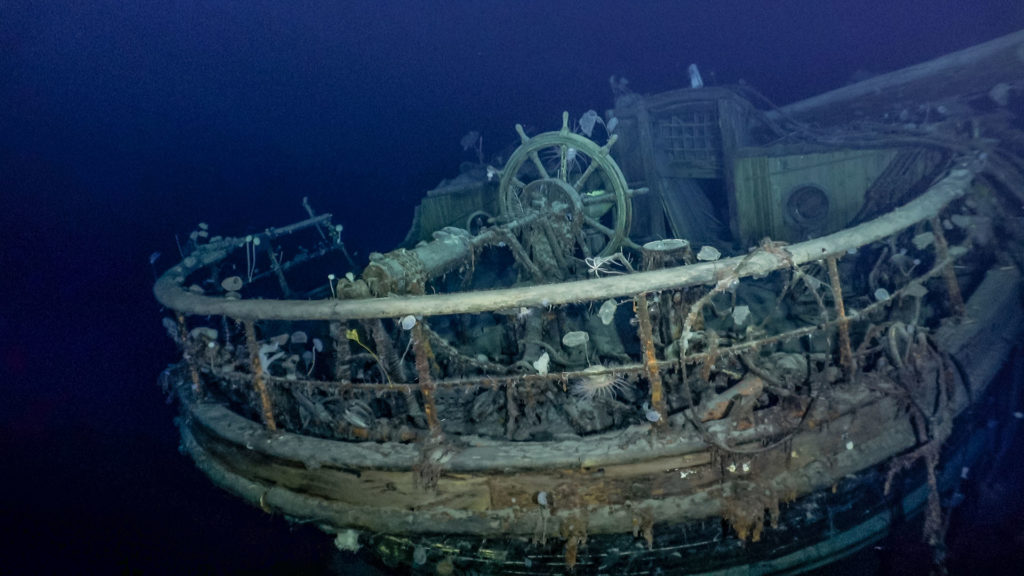
For over a century, the final resting place of the Endurance remained a mystery, lost to the frigid, unforgiving waters of the Weddell Sea. That is, until March 2022, when an expedition team made an astonishing discovery – the remarkably well-preserved wreck of Shackleton’s legendary ship, lying intact on the seafloor nearly 10,000 feet below the surface.
This extraordinary find not only sheds new light on one of the most famous stories of human endurance, but also represents a remarkable achievement in deep-sea exploration and archaeological recovery. In this blog post, we’ll delve into the dramatic history of the Endurance, the remarkable story of its discovery, and the significance of this monumental find for our understanding of Shackleton’s legendary expedition.
The Ill-Fated Voyage of the Endurance
In the early 20th century, the race to explore the last uncharted continent on Earth, Antarctica, was in full swing. Sir Ernest Shackleton, a veteran of several previous Antarctic expeditions, conceived of an ambitious plan to be the first to cross the continent from one side to the other. He christened his expedition the Imperial Trans-Antarctic Expedition, and in August 1914, he set sail from South Georgia Island aboard the sturdy wooden ship, the Endurance.
Shackleton’s plan was to land his crew on the Weddell Sea coast, then have them trek across the continent to the Ross Sea on the opposite side. To support this journey, a second ship, the Aurora, would establish supply depots along the proposed route. But from the very start, Shackleton’s expedition was beset by misfortune.
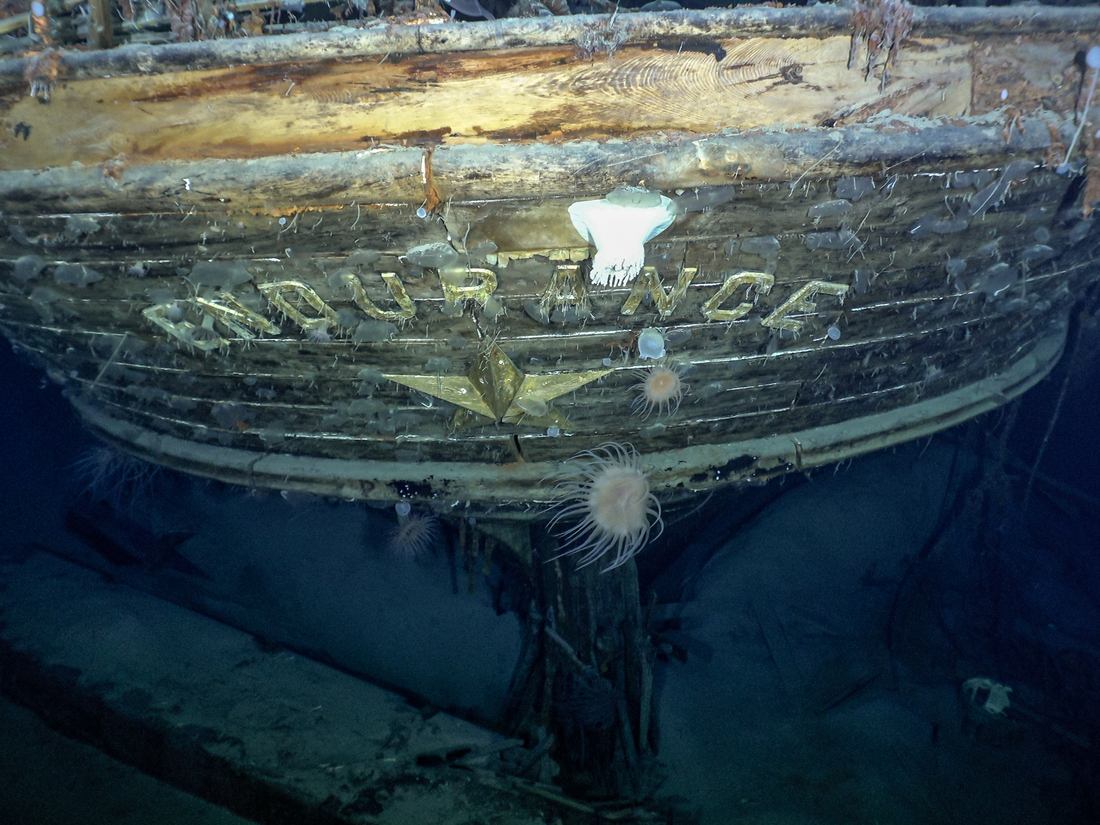
The Endurance became trapped in pack ice in the Weddell Sea, unable to reach land. For months, the ship drifted helplessly, crushed by the relentless pressure of the ice. Finally, in October 1915, the Endurance was completely destroyed, forcing Shackleton and his 27-man crew to abandon ship and take to the ice.
What followed was one of the most incredible feats of survival and leadership in the history of exploration. Shackleton led his men on a harrowing journey across the ice, eventually reaching Elephant Island. From there, Shackleton and five others set out in a small lifeboat on a daring 800-mile voyage to South Georgia Island, where they could summon a rescue. Against all odds, Shackleton succeeded in returning to Elephant Island to retrieve the rest of his crew, who had all survived the ordeal.
Despite the failure to complete the trans-Antarctic crossing, Shackleton’s expedition became legendary for the heroism, tenacity, and sheer will of its participants in the face of unimaginable adversity. The fate of the Endurance, however, remained a mystery for over a century, until its recent rediscovery.
The Search for the Endurance
For decades, numerous expeditions and researchers have attempted to locate the wreck of the Endurance, but the ship’s final resting place remained elusive. The Weddell Sea, where the Endurance sank, is one of the most inhospitable and remote bodies of water on the planet, with treacherous ice conditions, freezing temperatures, and limited accessibility.
In 2019, a new expedition led by the Falklands Maritime Heritage Trust set out to finally solve the mystery of the Endurance’s whereabouts. The expedition, dubbed “Endurance22,” utilized cutting-edge technology and a team of expert researchers, engineers, and explorers to scour the Weddell Sea seabed.
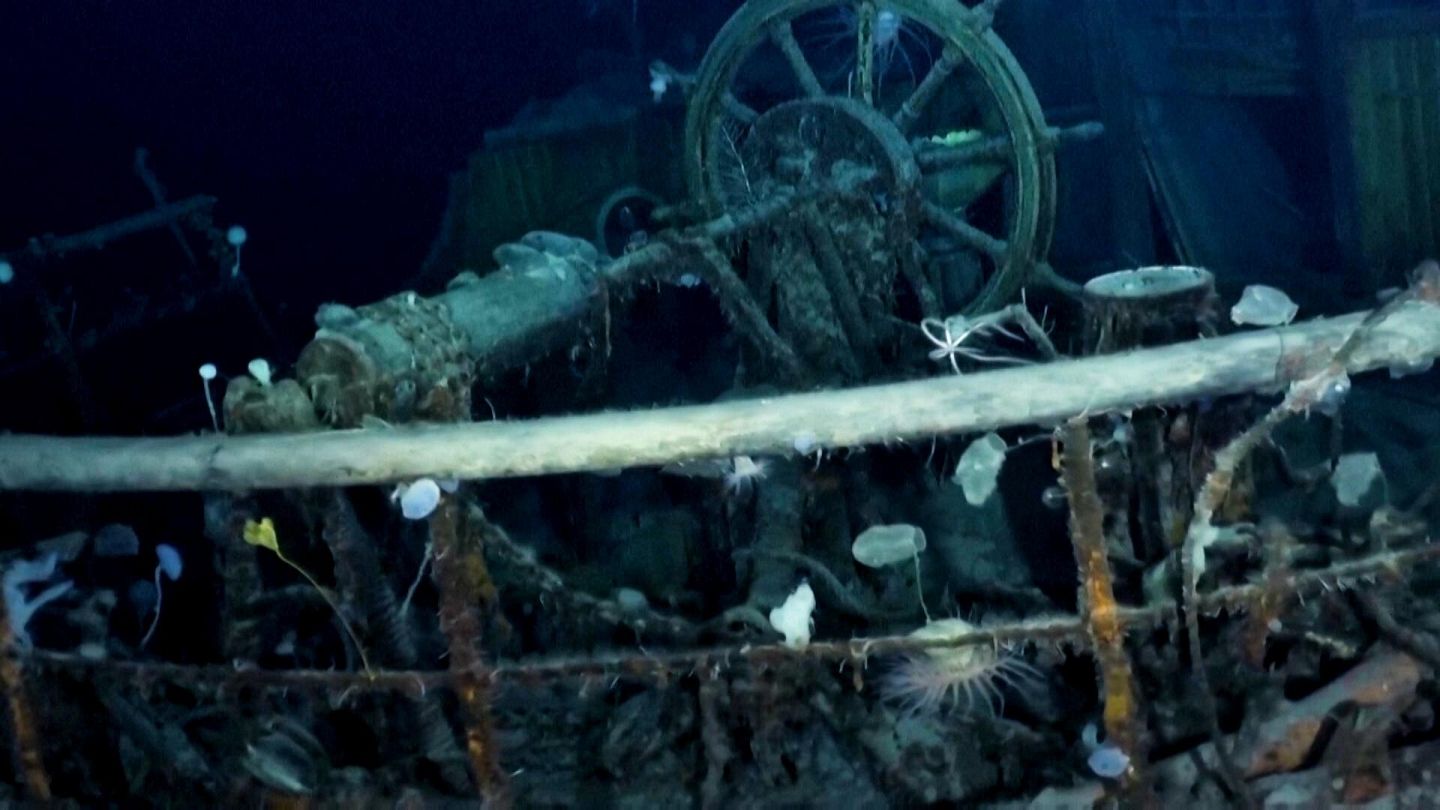
The search was an immense logistical challenge, requiring the deployment of specialized underwater search vehicles and remote-operated submersibles capable of operating at extreme depths. The team faced numerous obstacles, including unpredictable weather, treacherous ice conditions, and the sheer vastness of the search area.
After weeks of painstaking work, the breakthrough came on March 5, 2022, when the expedition’s underwater search vehicle captured stunning footage of the Endurance, lying remarkably intact on the seafloor at a depth of nearly 10,000 feet. The wreck was in an astonishingly well-preserved state, with the ship’s name clearly visible on the stern, and many of the original features, such as the davits that held the lifeboats, still intact.
The discovery was a triumph of human ingenuity, determination, and technological prowess. It represented the culmination of over a century of effort to unravel one of the greatest mysteries in the annals of exploration. The Endurance had been found, providing a tangible connection to Shackleton’s legendary expedition and a window into the past.
The Significance of the Discovery
The discovery of the Endurance wreck is a monumental achievement that holds immense significance for historians, archaeologists, and enthusiasts of polar exploration. Here are some of the key reasons why this find is so remarkable:
Preserving History
The Endurance wreck is an incredibly well-preserved time capsule, offering a unique opportunity to study and learn from Shackleton’s expedition in unprecedented detail. The ship’s remarkable state of preservation, with many original features and artifacts still intact, provides an invaluable resource for researchers to better understand the expedition’s equipment, technology, and day-to-day operations.

Advancing Exploration and Technology
The successful discovery of the Endurance wreck is a testament to the incredible advances in deep-sea exploration and underwater technology. The expedition team utilized a range of cutting-edge tools, including autonomous underwater vehicles (AUVs), remotely operated vehicles (ROVs), and high-resolution imaging systems, to locate and document the wreck in stunning detail. This achievement demonstrates the remarkable capabilities of modern exploration and the potential for further discoveries in the world’s most inaccessible regions.

Inspiring Future Generations
The story of Shackleton’s Endurance expedition has long captured the public’s imagination, inspiring countless books, films, and documentaries. The rediscovery of the wreck serves as a powerful reminder of the human spirit’s ability to overcome adversity and achieve the seemingly impossible. This discovery has the potential to reignite public interest in polar exploration and the enduring legacy of Shackleton’s remarkable leadership and his crew’s heroism.
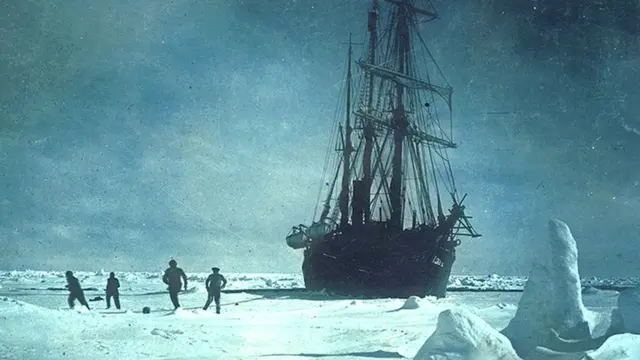
Advancing Scientific Understanding
In addition to its historical significance, the Endurance wreck also holds immense scientific value. The pristine condition of the wreck and its surrounding environment provide a unique opportunity for researchers to study the long-term effects of extreme environmental conditions on shipwrecks and their associated ecosystems. This information could yield valuable insights into the processes of marine preservation and the resilience of life in the harshest corners of the planet.
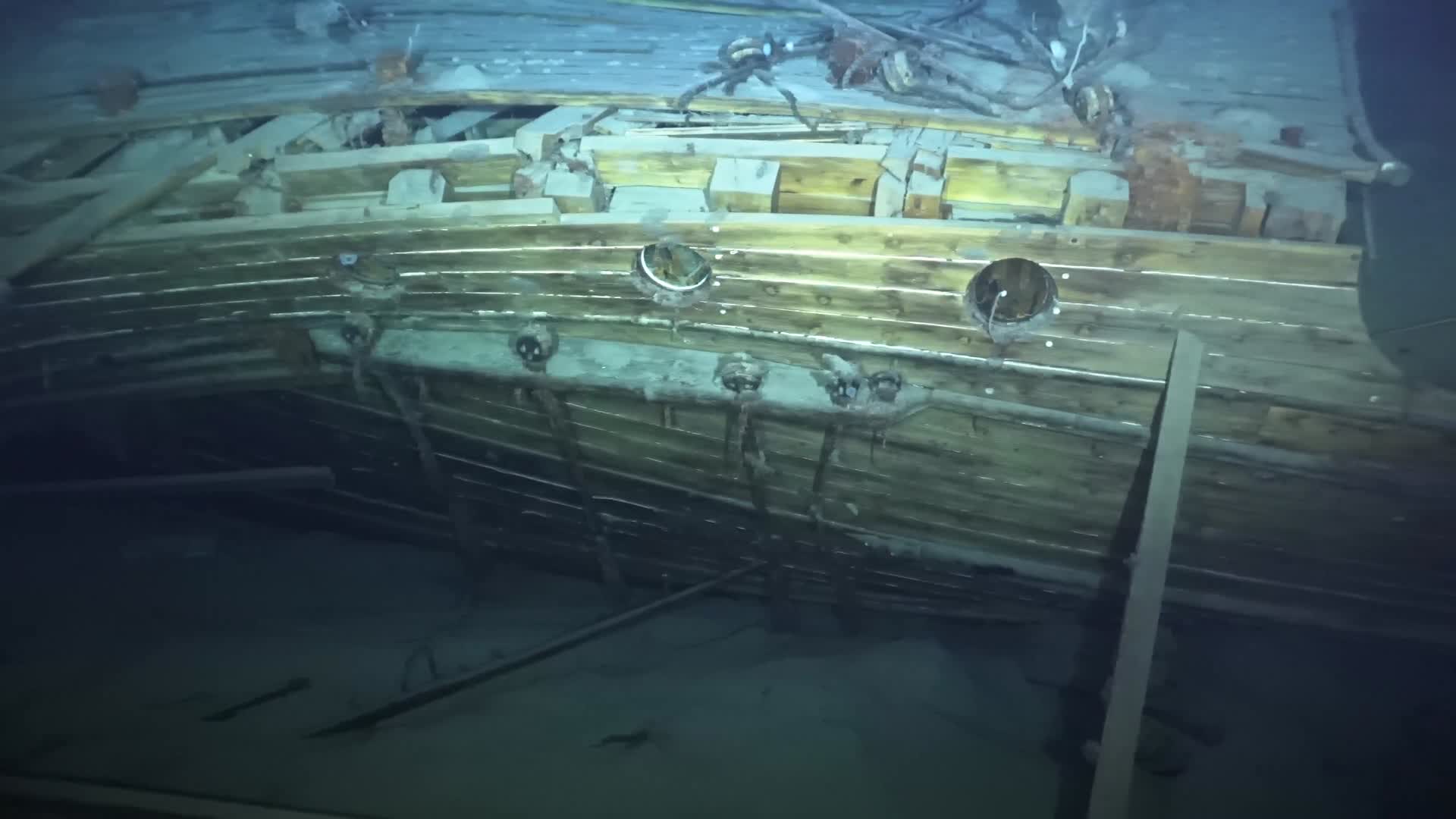
Preserving Cultural Heritage
The Endurance wreck is not just a historical artifact, but also a significant piece of cultural heritage. Shackleton’s expedition is deeply woven into the fabric of Antarctic exploration and the collective memory of humanity’s drive to conquer the unknown. The preservation and study of the wreck ensures that this important chapter in our history is not lost to time and can continue to inspire future generations.
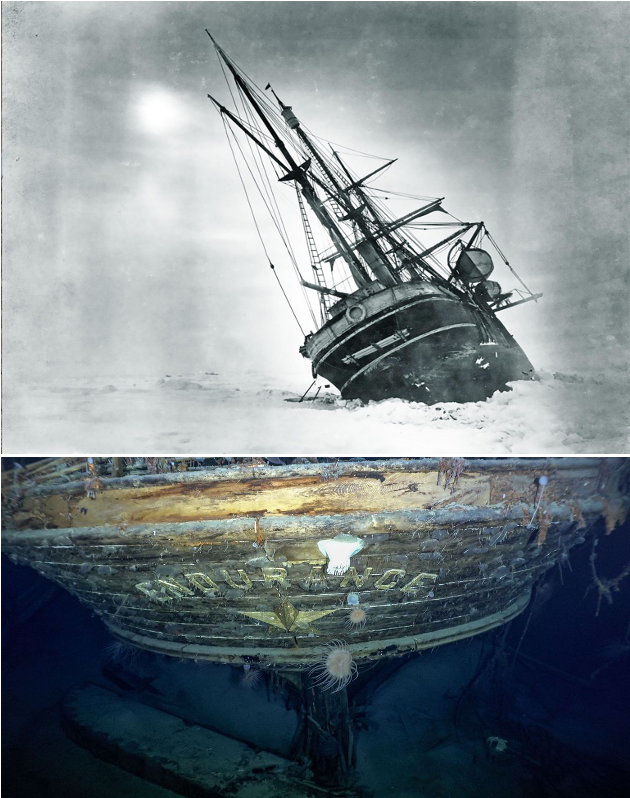
Conclusion
The discovery of the HMS Endurance wreck is a remarkable achievement that has captivated the world’s attention. Over a century after its sinking, Shackleton’s legendary ship has been found, providing a tangible connection to one of the most incredible stories of human endurance and survival in the annals of exploration.
This extraordinary find not only sheds new light on Shackleton’s ill-fated expedition, but also represents a triumph of modern exploration and technological prowess. The Endurance wreck is a time capsule, offering researchers and historians an unparalleled opportunity to study the expedition in unprecedented detail and gain new insights into the past.
But the significance of this discovery goes beyond just its historical value. It serves as an inspiration to future generations, reminding us of the human spirit’s ability to overcome seemingly insurmountable challenges and achieve the impossible. As we continue to explore the unknown and push the boundaries of human exploration, the story of the Endurance and its rediscovery will undoubtedly continue to captivate and inspire us all.

